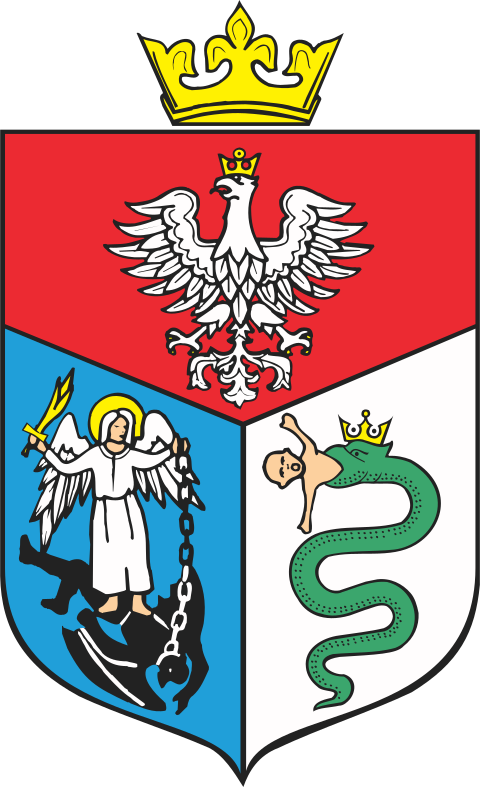
Sanok poland genealogy
Welcome to GenealogyTour.com, where the past is more than a story—it’s your legacy. Today, we embark on a historical journey into Sanok, Poland. Known for its rich cultural tapestry and deep historical roots, Sanok is a pivotal destination for genealogical research, particularly for those seeking insights into their Eastern European ancestry. With a population of 38,397, Sanok is nestled in the Subcarpathian Voivodeship of southeastern Poland, a region steeped in history and tradition.
Sanok’s Rich Tapestry of History
Sanok’s history spans almost a millennium, with its early days as part of a medieval trade route. This picturesque town, located by the serene San River and bordered by the majestic Carpathian Mountains, has been a melting pot of cultures including Poles, Jews, and Lemkos. Its strategic location made it a vital part of Red Ruthenia and subsequently, the Lesser Poland Province of the Polish Crown.
Genealogical Significance of Sanok
For those tracing their lineage back to Eastern Europe, Sanok offers a unique window into the past. The town’s history, marked by various rulers and influences, provides a rich backdrop for understanding the lives of ancestors from this region. The meticulously preserved records in Sanok, including birth, marriage, and death certificates, are invaluable resources for genealogists. Sanok is home to numerous historical attractions that offer a glimpse into its past. The Museum of Folk Architecture showcases rural life from the 19th century, while the refurbished Sanok Castle and Old Town are testaments to the town’s medieval heritage. For the outdoor enthusiast, the 70 km trail for hikers and cyclists presents an opportunity to explore Sanok’s natural beauty.
Sanok in the Annals of History
Sanok’s journey through various states, from the Grand Duchy of Lithuania to the Habsburg monarchy, has left an indelible mark on its cultural fabric. The town played a significant role during the Galicia–Volhynia Wars, the First and Second World Wars, and was a center of the Galician peasant revolt. The town has been the cradle for numerous notable figures, including painters, historians, and resistance fighters. Each story adds a personal touch to Sanok’s historical narrative, making it a compelling destination for those seeking to connect with their roots.
Tailor-Made Genealogy Tours
At GenealogyTour.com, we offer specialized research services to uncover your Sanok ancestry. Our expertise in local archives and access to comprehensive genealogical databases enables us to piece together your family history with precision and care. Our tailor-made genealogy tours bring your ancestral stories to life. A visit to Sanok is not just a trip; it’s a journey back in time where you can walk the streets your ancestors once did. Our personalized tours are designed to give you a profound connection to your heritage. Embark on a journey to discover your Sanok roots with GenealogyTour.com. Our commitment to uncovering your family’s past will offer you an unparalleled exploration into your heritage.
Related Articles
Related
Life in the concentration camps
Daily life in Nazi concentration camps was marked by hunger, exhaustion, and violence. From forced labor to constant surveillance, the system created conditions intended to destroy both the body and spirit of prisoners.
Concentration camp Facts & Definitions
Concentration camps were a defining feature of Nazi rule between 1933 and 1945. They were not only prisons but instruments of forced labor, terror, and genocide. Understanding their definitions, structures, and functions reveals how the system operated on a massive scale.
The Nazi Concentration Camp System
The Nazi concentration camp system grew from a small network of prisons for political opponents into a vast mechanism of persecution and genocide. Between 1933 and 1945, it spread across Europe, shaping the Holocaust and leaving a legacy of immense suffering and loss.
